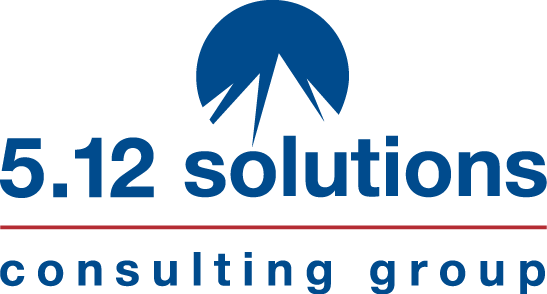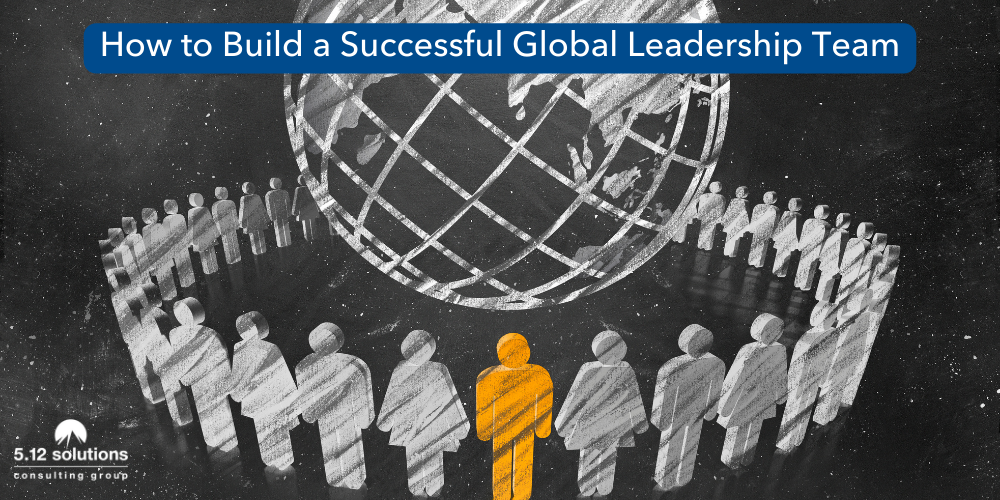We’ve had the opportunity to work with dozens of global teams over the years. And we noticed something: as companies expand internationally, they face a number of unique challenges including:
- Balancing the needs of headquarters and regional operations
- Ensuring effective communication and collaboration across borders and cultures
- Navigating different legal and regulatory environments in each country
- Building and maintaining strong local management teams in each country
- Managing the risks associated with operating in multiple countries and cultures
When leadership teams get their structure right, they can vastly outpace the competition.
But when global leadership teams fail to structure and operate intentionally, they can create massive rifts that reverberate globally and slow progress.
It doesn’t have to be that way.
In this post, we will explore some of the different organizational structures and considerations for building successful teams that can thrive in a global environment.
The Four Structures of Global Companies
International Companies: International companies are characterized by their focus on local market responsiveness, with a strong focus on identifying and seizing opportunities in multiple countries. International companies often have a more entrepreneurial culture, with a focus on growth and opportunity.
Multinational Corporations (MNCs): MNCs are characterized by their centralized control, with decisions being made at the headquarters and implemented across multiple countries. MNCs typically have a large, complex organizational structure, with regional operations reporting to headquarters.
Global Organizations: Global organizations are characterized by a decentralized structure, with regional operations having more autonomy to make decisions and drive growth in their markets. Global organizations often have a flatter organizational structure, with cross-functional and cross-regional collaboration and cooperation being emphasized.
Transnational Corporations (TNCs): TNCs are characterized by a highly integrated, global structure, with functions and operations being closely linked and coordinated across multiple countries. TNCs often have a complex organizational structure, with a strong focus on collaboration and teamwork across functions and countries.
As a company expands internationally, there is no set progression through the 4 structures of global companies. The path a company takes will depend on a number of factors, including its goals, resources, and the markets and countries it is entering.
Some companies may start as international companies and then evolve into multinational corporations, while others may begin as multinational corporations and later adopt a more decentralized, global structure. Some companies may choose to remain focused on a single market, while others may seek to become truly transnational corporations with a highly integrated global presence.
Ultimately, the choice of structure will depend on the company’s goals, resources, and the challenges and opportunities presented by each market and country. Companies will need to be flexible and adaptable, and be willing to adjust their structure as they grow and change over time.
Considerations for Building a Successful Global Leadership Team
Different structures come with different leadership team needs.
International Companies may have a less complex leadership structure, with a focus on local operations and management. The CEO and top executives may still be based at headquarters, but there may be less emphasis on a centralized decision-making process and more on local market responsiveness.
Multinational Corporations (MNCs) typically require a strong central leadership structure, with a clear chain of command running from headquarters to regional and local operations. The CEO and top executives are usually based at headquarters, with regional managers and local managers reporting up the chain.
Global Organizations may require a more decentralized leadership structure, with regional or local managers having a greater degree of autonomy and decision-making power. This structure can help ensure that each country operation is tailored to local market conditions.
Transnational Corporations (TNCs) often require a highly integrated leadership structure, with executives and managers from different countries working together to make decisions and drive the company’s global strategy. This may involve regular communication and collaboration between different parts of the organization, and a high degree of cross-cultural awareness and sensitivity.
Building a Successful Global Leadership Team
No matter the structure of the company, building a successful leadership team with global responsibilities requires some key steps:
- Clearly define the type of organizational structure that the company is adopting so that global, regional and local expectations of roles and responsibilities are straightforward.
- Define the leadership team’s purpose. The purpose statement clarifies why the team exists and what the team should and should NOT be focused on. It’s likely the team will have to also define the purpose of an extended leadership team as many global organizations have a complex matrix structure.
- Develop a strong leadership team, with the skills and experience needed to succeed in the global marketplace. Some key traits that are typically valued in global leaders include:
- International Companies: Entrepreneurial spirit, market savvy, adaptability, the ability to identify and seize opportunities in multiple countries, and effective communication and interpersonal skills.
- Multinational Corporations (MNCs): Strong strategic thinking, cross-cultural awareness, decision-making skills, ability to motivate and manage teams across multiple countries, and effective communication skills.
- Global Organizations: Adaptability, cultural sensitivity, the ability to balance local market needs with global goals, collaboration and interpersonal skills, and a focus on decentralized decision-making and local accountability.
- Transnational Corporations (TNCs): Strong interpersonal skills, cross-cultural competence, strategic vision, ability to manage a complex and highly integrated organization, and excellent communication and collaboration skills.
- Finally, be prepared to pivot. Global leadership teams must have the flexibility and adaptability to adjust their structure and strategy as the organization grows and changes over time.
Strong Leadership Required
Building a successful global company requires careful consideration of the different structures and challenges of global expansion, as well as the development of strong leadership and effective systems and processes to ensure success in the global marketplace.
Whether you are just starting to expand internationally or looking to take your company to the next level, building effective leadership teams will be essential to your success.
We’re not your average leadership development experts. Request a free Insight Session with us to see how we can help you achieve real, lasting results.
Our greatest gift as human beings is our ability to adapt. I believe that the more we can tap into our humanity, the more successful we can be in business and beyond. That’s why I focus so much of my work on giving leaders the roadmap needed to cultivate healthier, more aligned, and deeply human workplaces. I invite you to explore my latest book, where I explore the Six Cs of ‘The Human Workplace Needs Model’.

